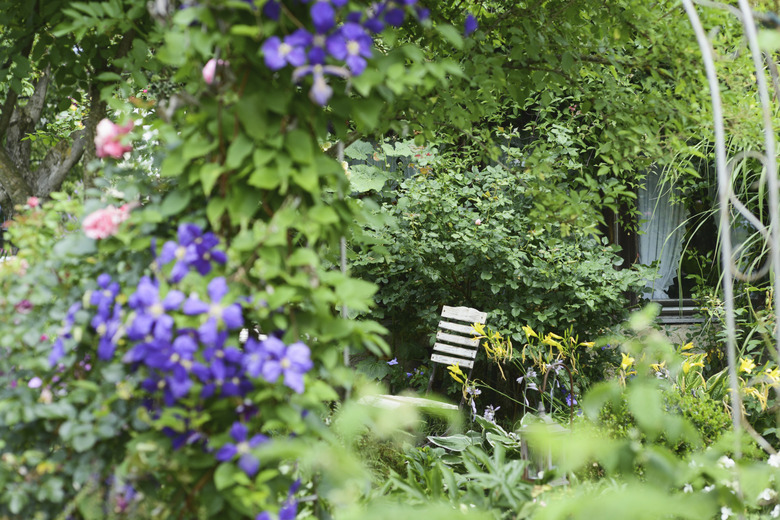How Does Clorox Bleach Affect Plants?
Although household bleach — including Clorox brand bleach — works well for many cleaning tasks, if you dump bleach buckets outside after use or use it for an outdoor cleaning project, you may end up with bleach in your garden. If this happens, some of your plants may suffer from chlorine toxicity and they may die.
Two Bleaches
Two Bleaches
Household bleach comes in two main forms: chlorine bleach (sodium hypochlorite) and oxygenated bleach (sodium percarbonate). Oxygenated bleach, sometimes referred to as "oxy bleach," is not caustic and will not harm plants. Chlorine bleach is caustic and can cause great damage to plants and soil.
Chlorine Bleach Toxicity
Chlorine Bleach Toxicity
Chlorine bleach affects plant growth in two main ways. First, the sodium content overloads the plant's system with salts. While chlorine is a naturally occurring and necessary part of soil, significant amounts of it can cause a condition known as chlorine toxicity. Additionally, undiluted chlorine bleach has a pH of 11, which means it raises the pH of soil significantly. High pH levels block the uptake of iron, calcium and magnesium, nutrients required for proper plant growth. With salt-clogged passages and lack of proper nutrition, plant leaves turn brown and look scorched, and the plants may drop all their leaves. Soil is not longer suitable for planting that season once bleach has entered the area. A pH test the following season can help to confirm that the bleach has been diluted to a safe level.
References
- Colorado State University Cooperative Extension: Bleach as a Herbicide?
- Reader's Digest: 11 Ways to Kill Garden Weeds
- Environmental Protection Agency: Chlorine Fact Sheet
- Nutrient Stewardship: Soil pH and the Availability of Plant Nutrients
- University of Wisconsin Extension: Soil and Applied Chlorine
